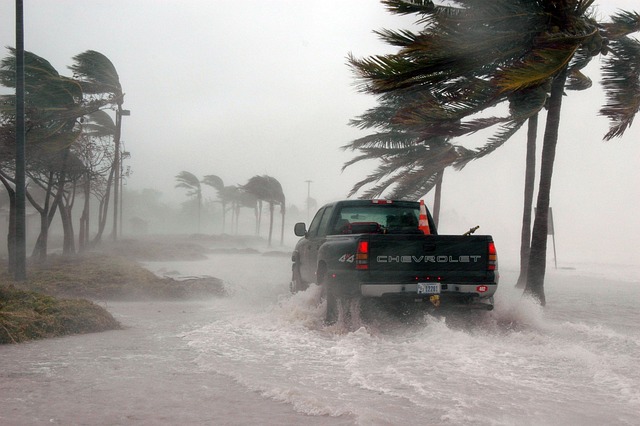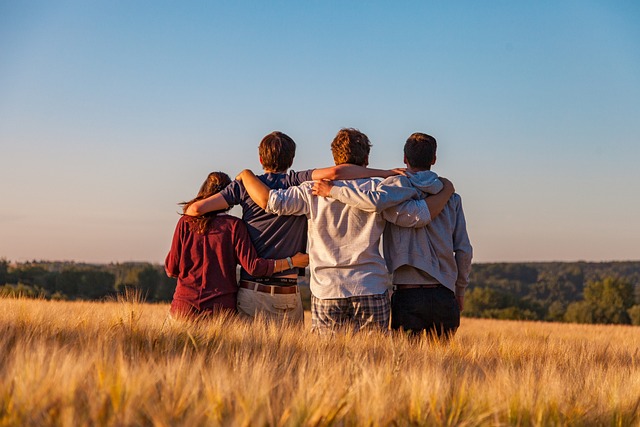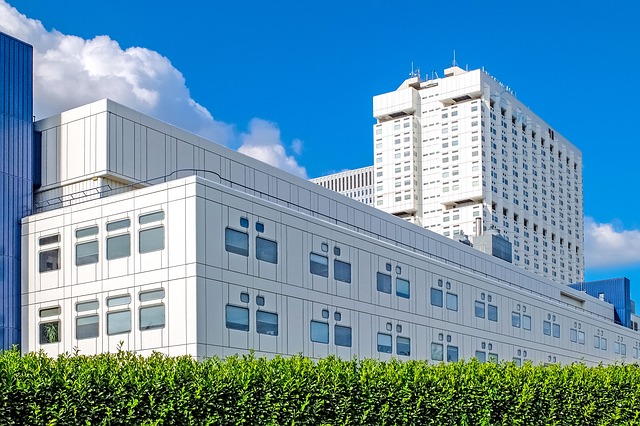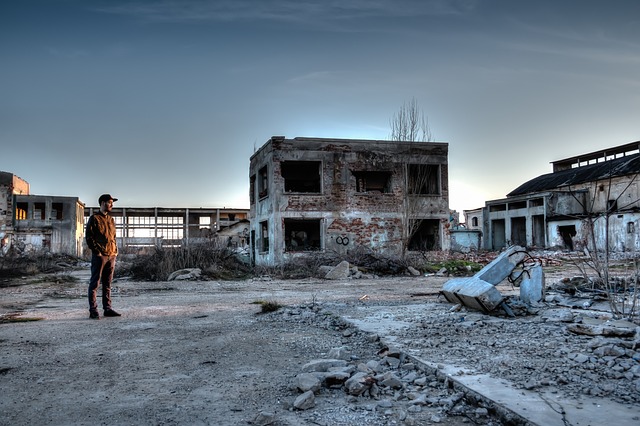- Understanding the type of disasters in your area and crafting a detailed disaster plan can enhance safety.
- Upgrading your home’s infrastructure with reinforced materials can mitigate the effects of natural disasters.
- Familiarizing yourself with local emergency services and their locations can save crucial time during a crisis.
- Timely action post-disaster, including water damage restoration and medical preparedness, can prevent long-term complications.
This is a contributed post and do not necessarily reflect the opinions of Meet The Harris Family.
Living in natural disaster-prone areas can be both exciting and daunting at the same time. While the picturesque landscapes and serene surroundings might lure you into buying a property in such places, the frequent occurrences of environmental disasters can make it challenging to manage life there. However, there are several ways to safeguard yourself, your family, and your property in such scenarios. This blog post will take a deep dive into the measures you can take to ensure your safety and security while living in a natural disaster-prone area.
Research the Area and Prepare a Disaster Plan

Before buying a property in a natural disaster-prone area, make sure to research the type of disasters that occur in that region. Some areas may be more prone to hurricanes, while others are susceptible to earthquakes or wildfires. It’s important to educate yourself on the types of disasters that can affect your property and the steps you can take to stay safe. Once you have a clear idea of the potential risks, prepare a disaster plan. This plan should include the following:
An Evacuation Route
Your evacuation route is your plan of escape when a disaster hits. It’s essential that this route is carefully planned, taking into account all possible exit points from your home and the safest and quickest ways to reach a secure location. Consider road conditions, traffic, and obstacles you might face during a disaster. Always have a backup route in case the primary route is blocked or inaccessible. Keep a printed copy of this plan easily accessible in case of power outages, and make sure all family members are familiar with it.
A Designated Meeting Place for Your Family

In case of a sudden disaster, when communication lines may be down and chaos ensues, having a pre-determined meeting place for your family becomes crucial. It could be a local community center, a friend’s house, or even a landmark that’s easy to locate and reach. Ensure that every family member, including children, knows how to get there independently. Practice traveling to this location during calm times so that everyone becomes familiar with the route.
Emergency Contact Numbers
Having a comprehensive list of emergency contact numbers is vital when you’re living in a disaster-prone area. This list should include numbers for local police, fire departments, hospitals, and utility companies, as well as trusted neighbors and relatives who live nearby. In addition, include national disaster hotlines and any specific hotlines related to the type of disasters common in your area.
Upgrade Your Home’s Infrastructure
Your home is your sanctuary, and it’s essential to make it more resilient to natural disasters. Consider upgrading your home’s infrastructure by installing impact-resistant windows, hurricane shutters, reinforced doors, and roofing that can withstand high winds.
If you live in a wildfire-prone area, create a defensible space around your home by removing any flammable materials near your house. You can also consider retrofitting your home to make it more earthquake-resistant by securing the foundation, bracing the walls, and adding earthquake-resistant materials to the house.
In some cases, it may be beneficial to elevate your home to prevent flood damage. Consult with a professional contractor or engineer to determine the best course of action for your property.
Take Note of Emergency Services You’d Need
Living in a disaster-prone area necessitates familiarity with local emergency services and their locations. Knowing where the nearest hospitals, police stations, and fire departments are can save precious time during a crisis. Furthermore, it’s advisable to familiarize yourself with emergency shelters and relief centers in the vicinity. Here are some emergency services that you may need if there is a disaster:

Rescue
In times of disaster, professional rescue services play a pivotal role in saving lives and reducing the impact of the calamity. These services include search and rescue teams, fire departments, and paramedics, who are trained to respond effectively and efficiently in crisis situations. In flood-prone areas, you might also have access to swift-water rescue teams who specialize in waterborne emergencies.
Water Damage Restoration
In the aftermath of a flood or a severe storm, efficient emergency water damage restoration becomes crucial. This involves the extraction of water, drying out the area, sanitizing the space, and restoring damaged structures. Prompt and professional water damage restoration can minimize the long-term effects of water damage, preventing mold growth and structural instability.
Health & Medicine
In the wake of a natural disaster, maintaining good health can become a challenge due to possible disruptions in medical services, potential injury, and the spread of disease. As such, it’s critical to have a well-stocked first-aid kit and a supply of necessary medications. If someone in your household has a chronic illness, ensure that their medication is always sufficient for a few weeks. Additionally, you should be aware of nearby medical facilities, including hospitals, clinics, and pharmacies.
Living in natural disaster-prone areas can be both rewarding and challenging. With proper planning, research, and preparation, you can ensure that your family and property are safe during times of crisis. Remember to stay informed about potential risks, create a disaster plan, upgrade your home’s infrastructure, and familiarize yourself with emergency services in your area. By taking these steps, you can enjoy the beauty of living in natural disaster-prone areas while also being prepared for any unforeseen circumstances.


